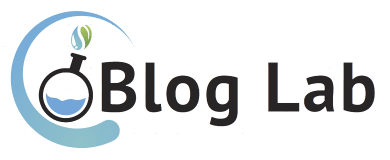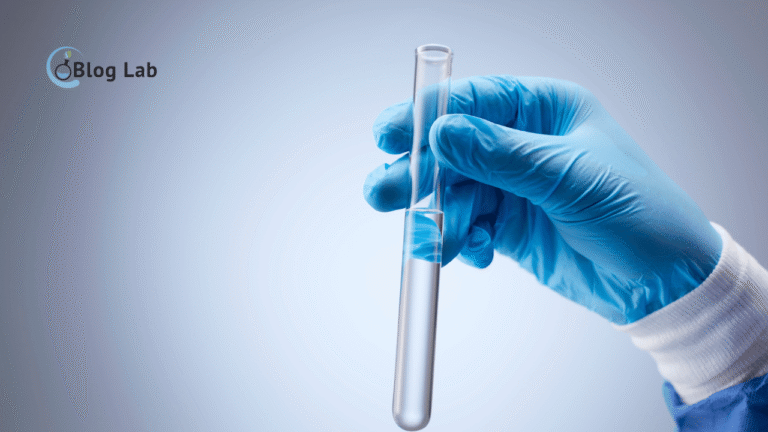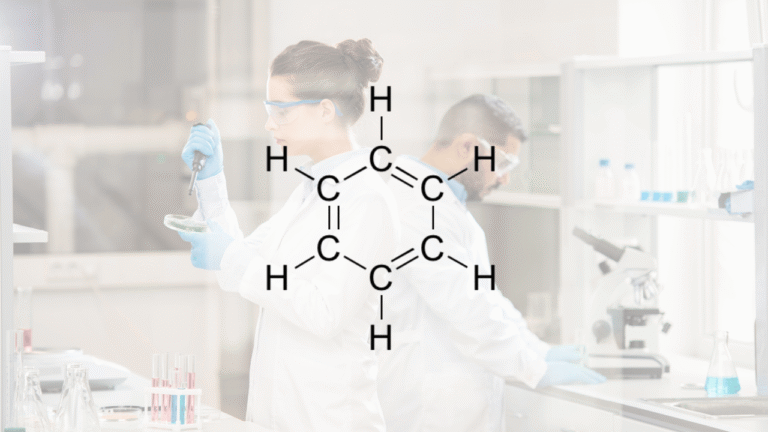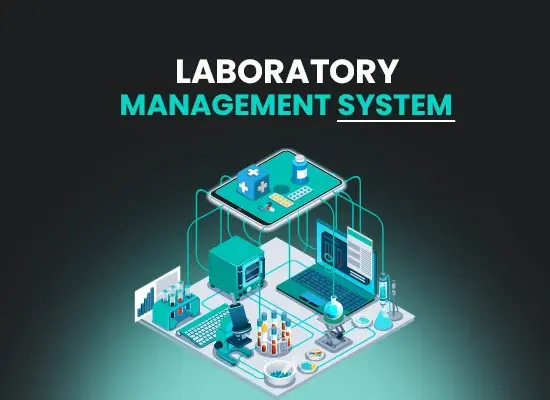How to clean Lab Glass Equipment
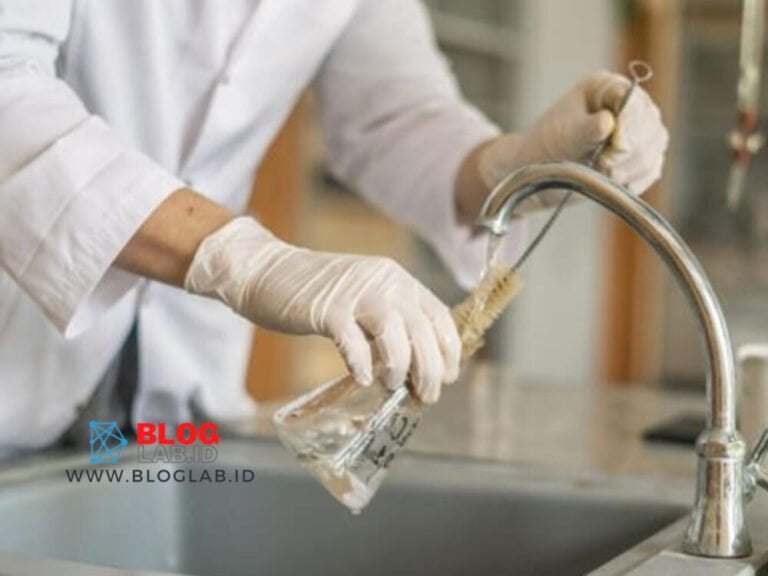
The way to clean glass equipment is part of the way of working well inside a The lab. There is no doubt in the analysis that the sample was taken (using the glass tool).pumpkin measure, volume pipeline, gelas ukur, etc) resulting in an analysis difference. The glass equipment I mentioned is in the purchase. calibration that states the tolerance of gauge That. But it's very possible in its use for an analysis of the glass equipment, whether it comes from a sample or an environment, the warming done at the time of the drying of the device, which causes the tolerance of the glass equipment to change not according to the specifications.
Also, this glass cleaning is highly recommended before the calibration of volume gauge That, so it can be avoided the calibration results of the specification of the glamour tolerance. The tolerance for glassware instead of being seen in the calibration certificate when it was first purchased, usually it was in the glass equipment itself and it was depending on the glass class itself.
Here's a simple procedure on how to clean glass equipment:
Some of the ingredients used to make glass equipment are the most common of all the borosilicates. The glass equipment from this material longer retains its calibrate status as long as it's not used for hot phosporic acid, hot alkalis, hydrochloric acid and heated at over 150 degrees Celsius. It's certainly superior to the glass equipment made of soda lime that gets frosted as time goes by.
Due to the inadmissible nature of a strong base, the cleaning of the glass is advised to use detergent with no more than 2% concentration.
If the glass equipment is used for fat analysis then in cleaning it can use organic solvent (rinse and soak) then at the end it will be soaked with water.
When cleaning is highly advised to use foam or a smooth plastic brush so it doesn't damage the glass equipment.
The method I mentioned upstairs is a common method of cleaning glass equipment, although there are several special methods used to clean glass equipment with 3% of the hydrogen peroxide and sulfuric acid, using HCl solution 50%, using an acidic acid solution.
Once the cleaning is done through the steps above then it needs to be done drying. Rear shelf is the best tool used in drying. If it turns out to use warming make sure that the temperature dryer oven used not beyond 60 degrees Celsius.
